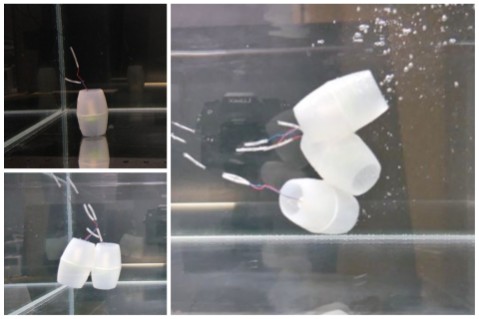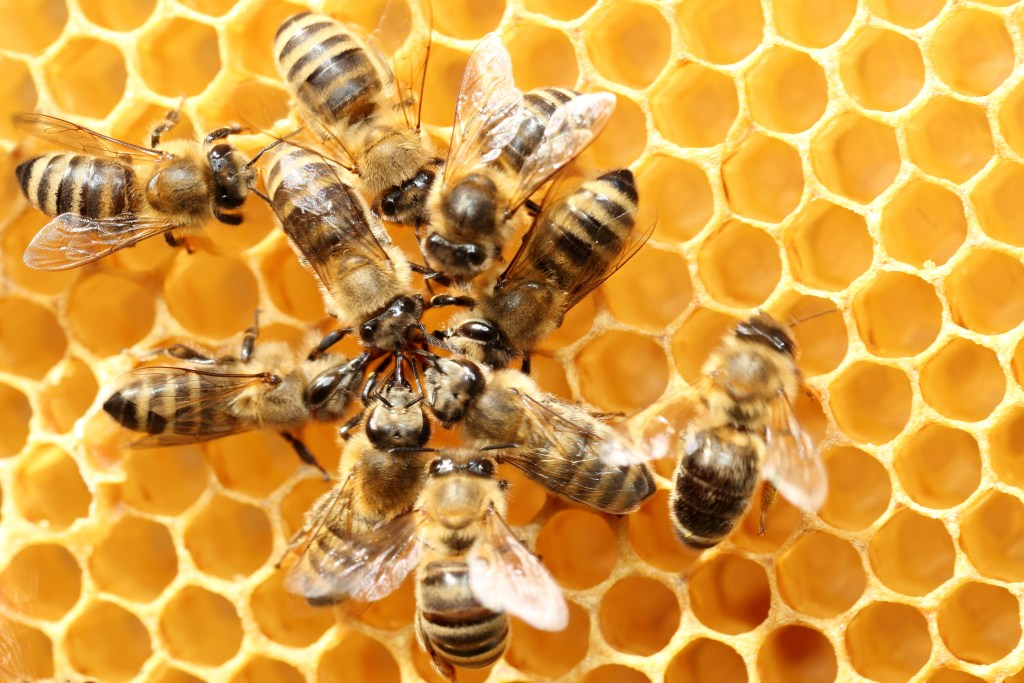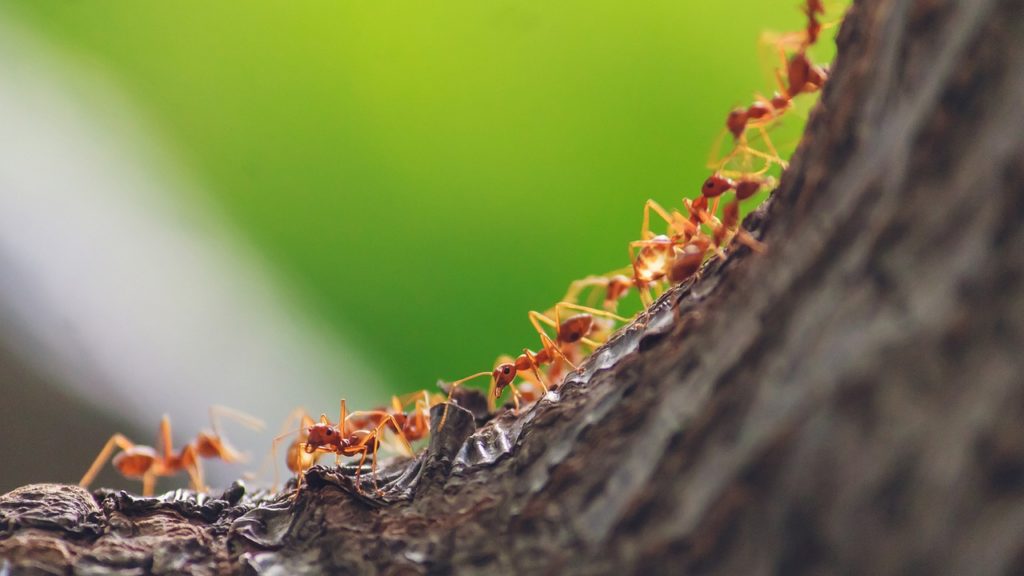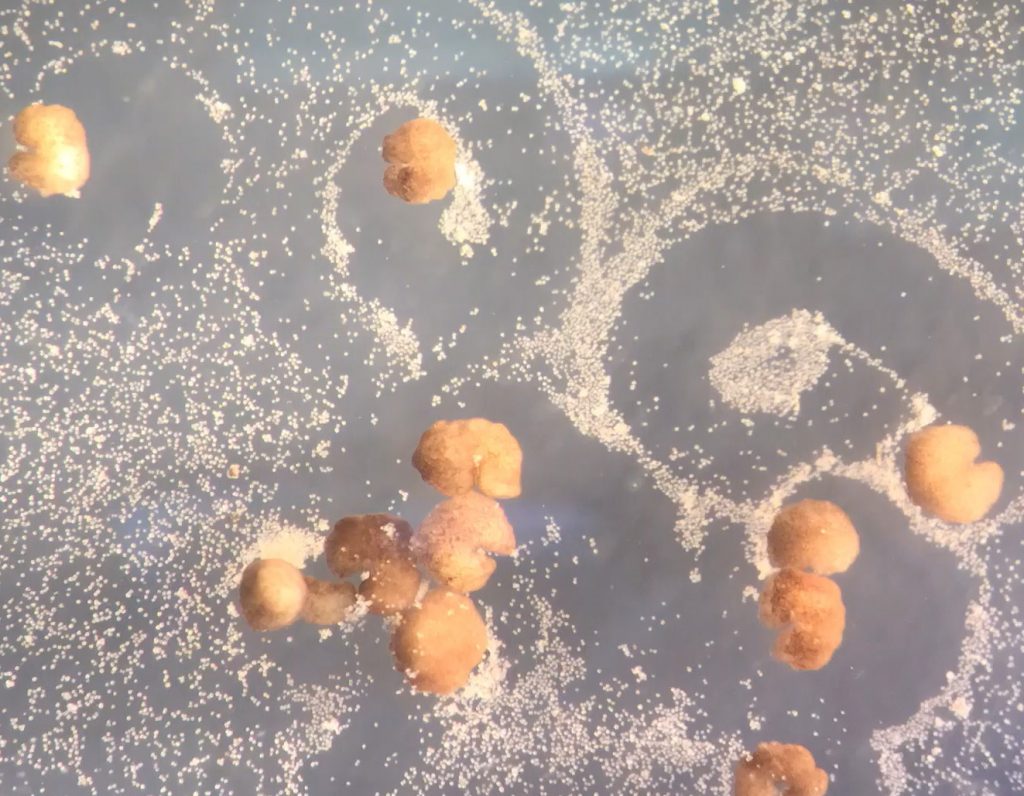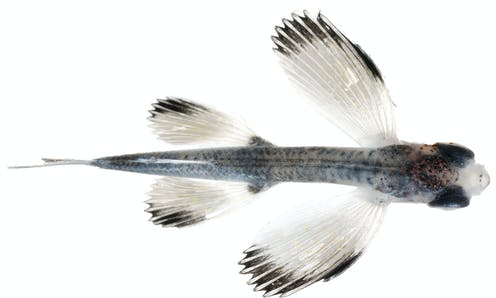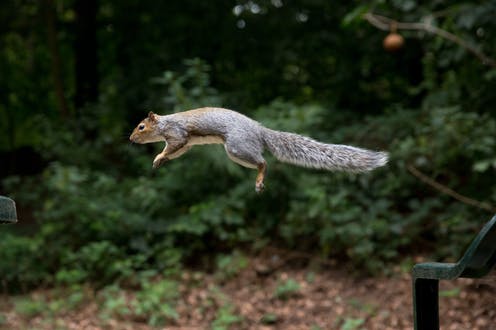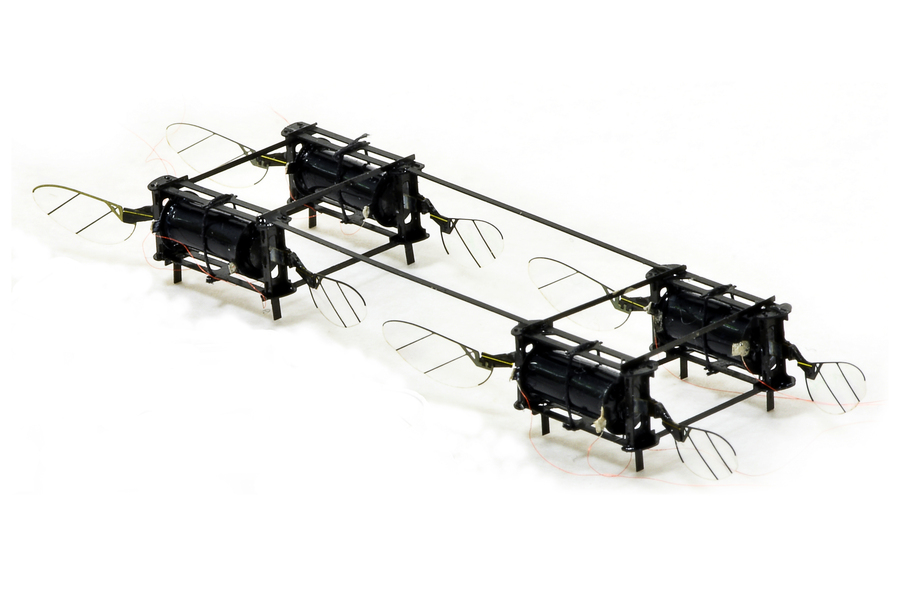Sea creatures inspire marine robots which can operate in extra-terrestrial oceans
RoboSalps in action. Credits: Valentina Lo Gatto These robotic units called RoboSalps, after their animal namesakes, have been engineered to operate in unknown and extreme environments such as extra-terrestrial oceans. Although salps resemble jellyfish with their semi-transparent barrel-shaped bodies, they belong to the family of Tunicata and have a complex life cycle, changing between solitary …
Sea creatures inspire marine robots which can operate in extra-terrestrial oceans Read More »
